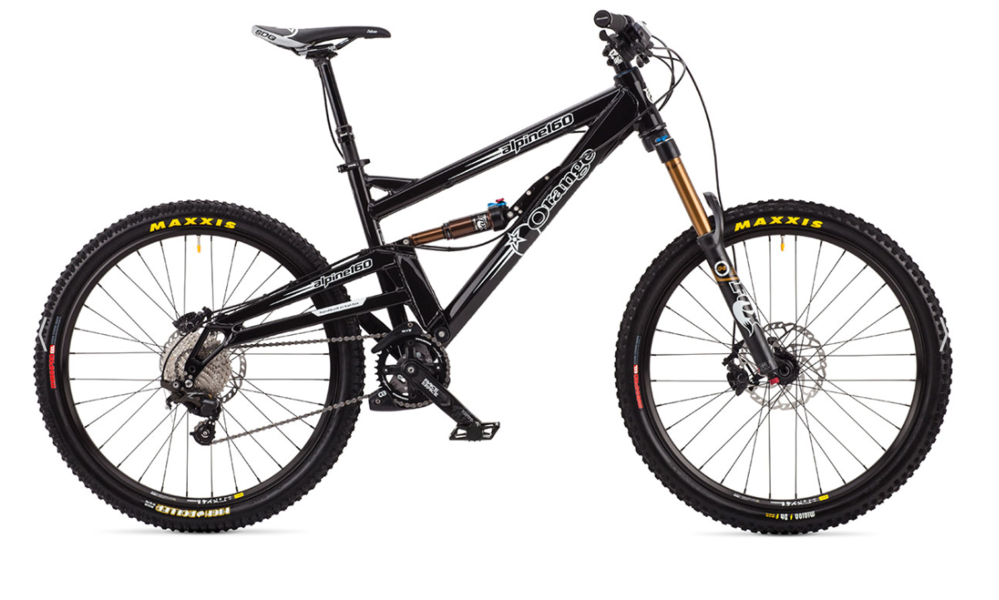Confidence inspiring yes, I gather so.. skills building not so sure. I was / am always good at reading terrain, whether in a land rover, a bike, even on foot, I associate what I see to risks or action quickly. So I can ride my old full rigid Kona in a way that modern riders can most of the time...
But my arms are bent, on swoopy downhill, my eyes are open I react rather than just lollop over things letting suspension do the work etc..
Its a different world.
On my local trails my bikes are fine, no issue, but in terms of man made bike parks etc, no because they are built for huge modern chariots with suspension etc.. so it depends where you ride.
I am a more sedate , enjoy the scenery rider now for the most part, bunny hopping, drop offs etc are all in my past.
I am looking at newer bikes because I know a lot of people who ride bike parks etc, and for longer day rides perhaps a newer ride will broaden those horizons literally whilst not making me feel so old.
I have enjoyed people realising I was riding like they used on their bikes the age of mine, long since disposed of, and that they ride very differently but if we are riding trails round here always enjoyed, they are doing so lazily in comparison.
I think next year will see a 27.5 rigid onto the fleet, dip my toes...!

